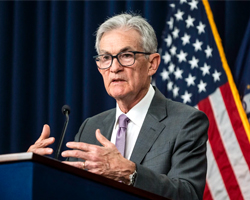Dow Closes Lower Amid Inflation Concerns: Market Digest for Thursday | Daily Market Analysis
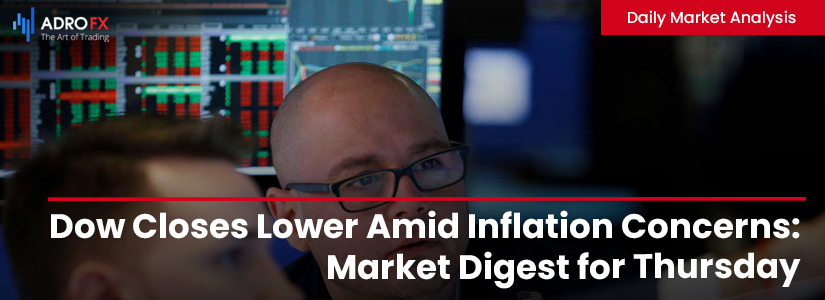
Key events:
- USA - NY Empire State Manufacturing Index (Mar)
- USA - Michigan Consumer Sentiment (Mar)
- Eurozone - ECB's Lane Speaks
On Thursday, the Dow closed lower, halting a three-day winning streak, as investor sentiment took a hit from reports indicating higher-than-expected inflation and signs of a slowdown in consumer activity. The S&P 500 declined by 0.2%, the NASDAQ Composite fell by 0.3%, and the Dow Jones Industrial Average dropped by 0.4%, representing a decrease of 137 points.
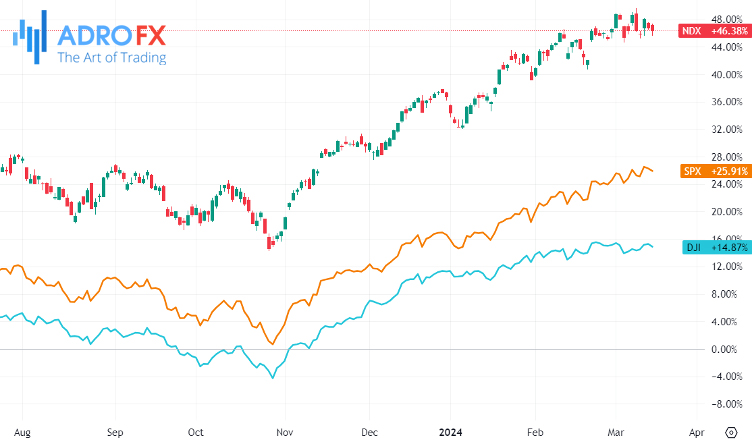
Data released earlier on Thursday revealed that headline PPI inflation surged by 0.6% month-on-month in February, pushing the annualized rate to 1.6%, surpassing expectations of a 1.1% pace.
This uptick in wholesale inflation follows reports indicating weakening consumer spending, with US retail sales rising by only 0.6% month-on-month in February, falling short of the anticipated 0.8% increase.
The indication of a slowdown in consumer activity contrasts with the latest figures on unemployment claims, which stood at 209,000 for the week ending March 9, suggesting ongoing pressure on the labor market.
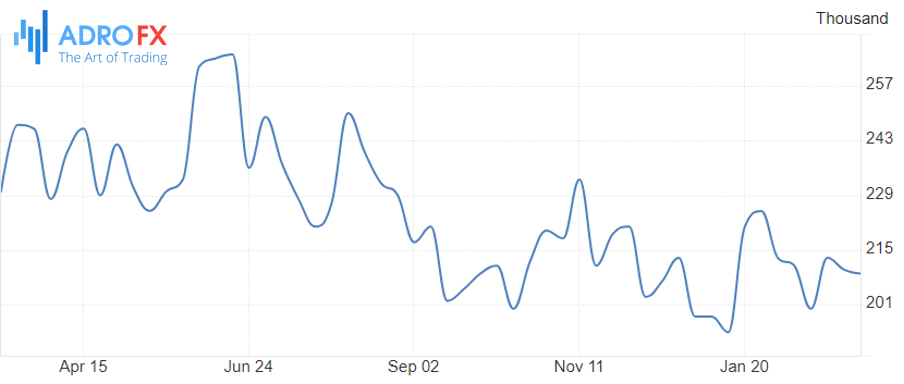
As the Federal Reserve begins its two-day meeting on March 19, where it is anticipated to maintain interest rates unchanged, investors are keenly awaiting the bank's updated economic and rate outlook accompanying the decision.
Meanwhile, the GBP/USD pair has seen a consecutive decline for the second day, marking the fourth day of negative movement in the previous five sessions, reaching a one-week low during the Asian session on Friday, currently hovering around the 1.2735 region. The pair remains susceptible to further downward movement amid continued US Dollar buying.
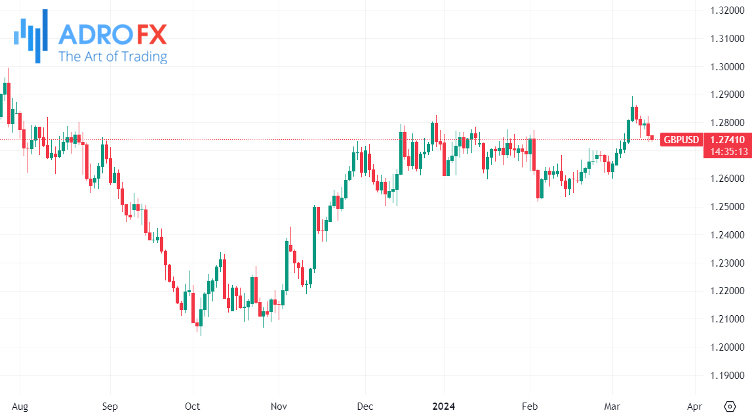
Additionally, expectations of prolonged higher interest rates by the Bank of England may provide some support to the GBP/USD pair, limiting its losses.
Traders are likely to wait for further indications regarding the Fed's stance on interest rates before making significant moves with the USD, keeping focus on the upcoming two-day FOMC meeting starting next Tuesday. In the interim, Friday's release of the Empire State Manufacturing Index, Industrial Production, and the Preliminary Michigan Consumer Sentiment Index could offer additional direction to the GBP/USD pair.
During the Asian session on Friday, the Japanese Yen staged a recovery after touching a one-week low against the US Dollar, now positioned near the upper end of its daily range. Japan's spring negotiations revealed that most companies have agreed to the wage increase demands from trade unions, potentially paving the way for the Bank of Japan to move away from negative interest rates in the coming months. This development, coupled with cautious market sentiment, has provided some support to the safe-haven appeal of the JPY.
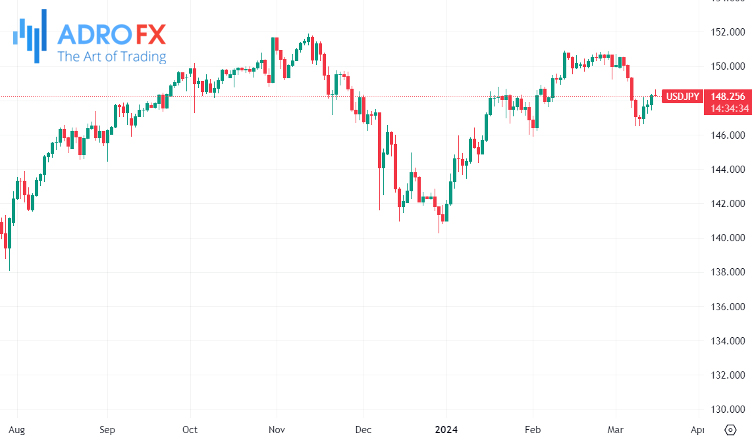
In addition, investor expectations for a rate hike in March have been tempered following a slightly pessimistic assessment of the economy by BoJ Governor Kazuo Ueda earlier in the week. Furthermore, a modest strengthening of the US Dollar driven by the higher-than-expected US Producer Price Index is likely to help mitigate downside risks for the USD/JPY pair. Traders are expected to exercise caution and avoid aggressive directional bets ahead of the eagerly awaited BoJ decision and the upcoming FOMC policy meeting next week.
On Friday, the Australian Dollar continued its downward trend for the second consecutive day, hitting weekly lows against the US Dollar as the latter gained renewed strength. The AUD/USD pair witnessed depreciation amid the prevailing market sentiment.

Adding to the pressure, Australia's S&P/ASX 200 Index experienced a significant decline, dropping to its lowest levels in three weeks amid a broad-based sell-off in the market. This decline followed losses observed on Wall Street overnight, with notable decreases seen in major banking and iron ore mining shares.
Amidst these market movements, the Reserve Bank of Australia has maintained its position on the possibility of further rate hikes. The upcoming RBA policy decision, scheduled for next week, will be closely watched by market participants for any indications or updates regarding the central bank's monetary policy stance.


